Case Report: 22CA001
Forklift Operator Dies After Falling Into a Recycling Baler
Download a PDF to print this report: Forklift Operator Dies After Falling Into a Recycling Baler (22CA001, PDF)
Summary
On September 2, 2022, at the end of the night
shift, a 58-year-old forklift operator was delivering waste into a recycling
baler. He climbed down from the forklift while it was still running, and left
the forks in a raised position. Although this was an unwitnessed incident,
video from a nearby security camera showed him climbing the stairs to the recycling
baler control panel. When he didn’t answer his radio or return the forklift at
the end of his shift, co-workers began a search for him. He was found inside
the recycling baler crushed to death.
Introduction
On Friday, September 2, 2022, at approximately 6:13 a.m., a 58-year-old male forklift operator suffered fatal injuries when he was crushed inside a recycling baler. The CA/FACE investigator received notification of this incident on September 19, 2022, from the weekly summary from the California Department of Industrial Relations, Public Information Office. Contact with the employer was made by the CA/FACE investigator on October 17, 2022. A site inspection and an interview with the human resources manager was conducted on October 20, 2022. The police report, with co-worker statements, was received and reviewed.
Employer
The employer was a paper manufacturing company that produced premium quality paper products including paper towels, toilet paper, and facial tissue. The company moved to their current location in 2019 and had 185 employees at this facility. There were approximately 40 workers on the night shift at the time of the incident, including five forklift operators who provided service to the production line.
Written Safety Programs and Training
The company had
a written Injury and Illness
Prevention Program (IIPP) with all the required elements
such as lockout/tagout, machine operation, and forklift training. Training was
accomplished mostly through online training programs prepared by the employer,
and on-the-job training (OJT) by co-workers. According to the employer’s human
resources manager, the victim was in the process of being trained on how to
operate the recycling baler.
Worker Information
The victim was a 58-year-old male forklift operator who had been employed by the company for ten weeks before the incident occurred. His typical job duties included delivering raw material to the production line, bringing finished paper products to the shipping and storage areas, and dumping waste products from the production line into the recycling baler.
Equipment
The equipment involved in this incident was a horizontal type, closed door, two-ram industrial recycling baler. This particular machine was purchased as a prototype under development from the manufacturer. It was an automatic baler that did not require an operator for compacting and baling material. After the forklift dumps bulk material into the baler input hopper (Exhibit 1), a photo-eye sensor automatically triggers the compression ram when the baler input area is full. The hydraulic ram engages to compress the material until the 'bale full' light is illuminated, and the bale is tied off and ejected. The material is then automatically bound using wire, and a single ram pushes the finished bale out of the machine (Exhibit 2 & 3).
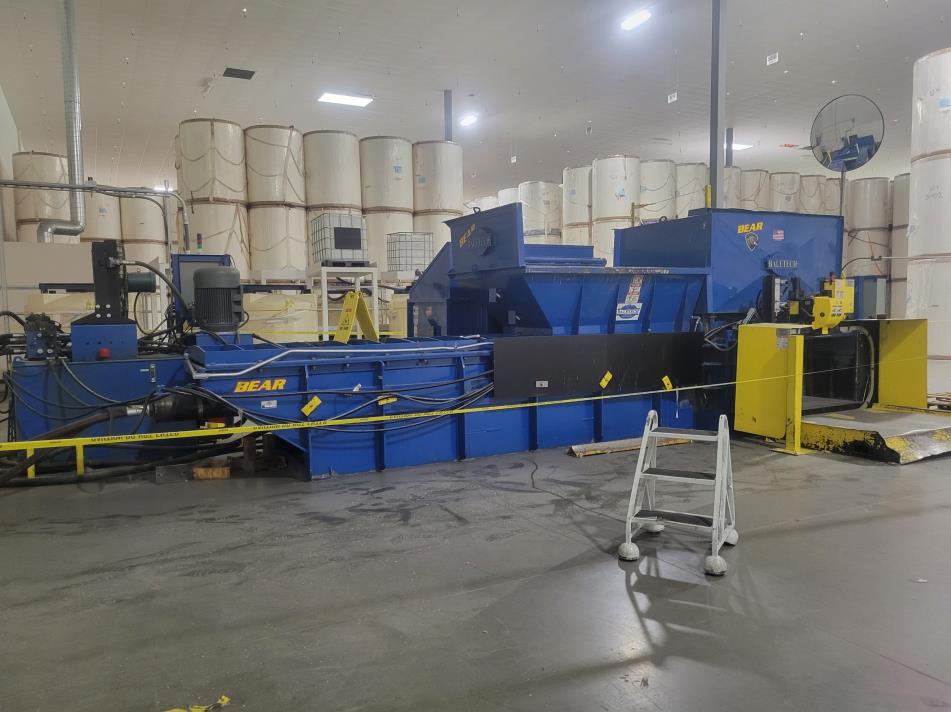
Exhibit 1. The recycling baler with input hopper. Photo by CA/FACE program.
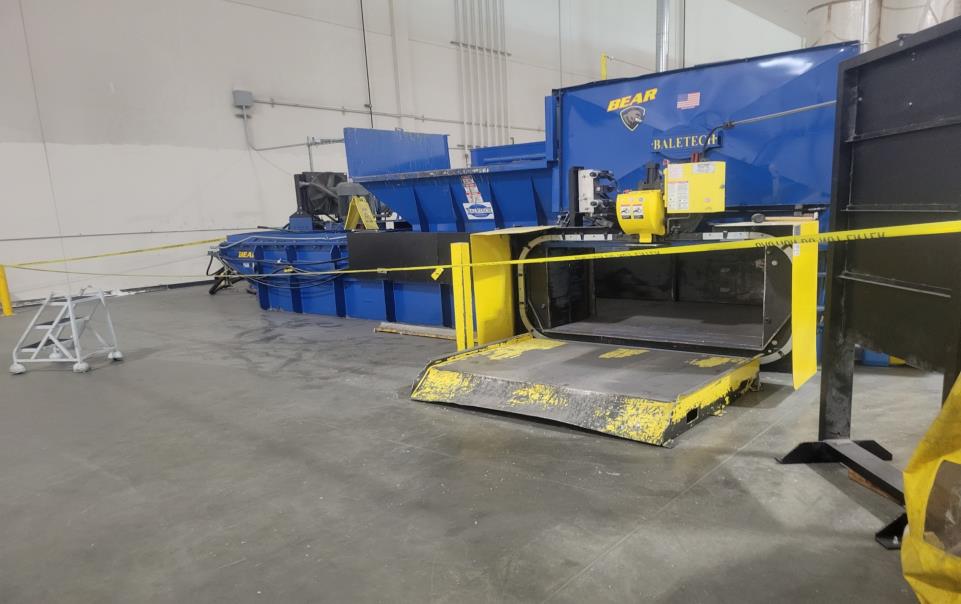
Exhibit 2. The location where the finished bale is expelled. Photo by CA/FACE program.
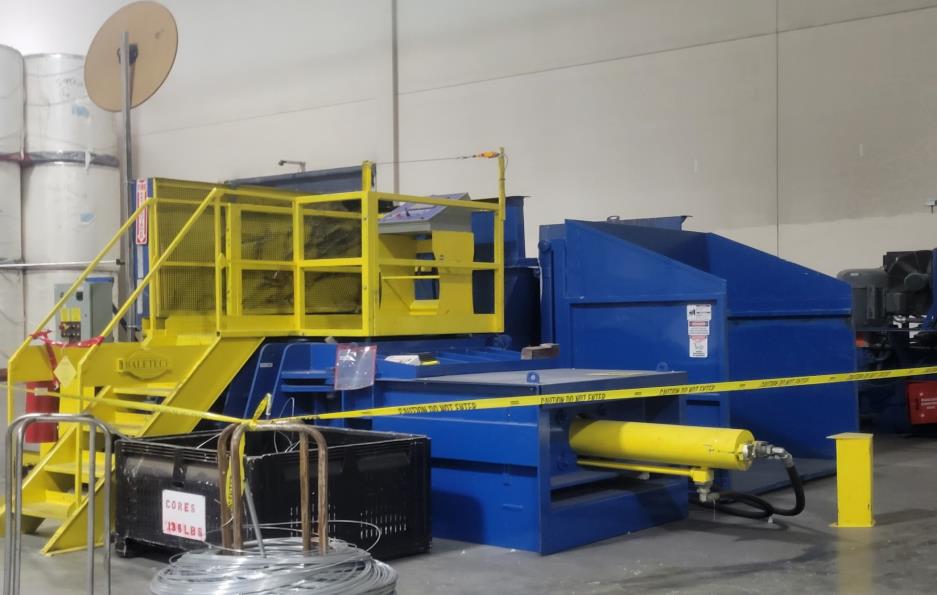
Exhibit 3. The single hydraulic compression ram that pushes the finished bale out of the machine. Photo by CA/FACE program.
When material becomes jammed in the baler input, either in the compression or output areas, the operator should turn the key switch on the control panel to the off position and push the emergency stop button (Exhibit 4). The operator should then notify the supervisor using the company issued radio which is carried by all operators. A lockout/tagout procedure is then implemented prior to entering the baler areas.
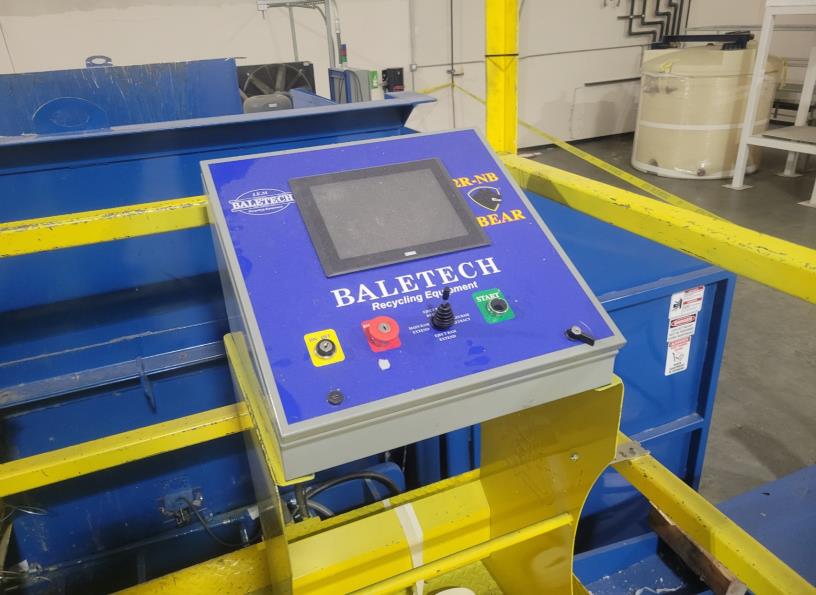
Exhibit 4. The recycling baler control panel with emergency stop button. Photo by CA/FACE program.
Incident Scene
The incident scene was a large 800,000 square foot warehouse that manufactured kitchen, bath, and facial tissue. The facility had one recycling baler that was located in the raw material storage area within the warehouse.
Weather
The weather was not a contributing factor in this incident since it occurred inside the facility.
Investigation
On the day of the incident, the victim worked the night shift, which started at 10:00 p.m. and ended at 6:00 a.m. In addition to the victim, there were two other forklift operators working that night. At the beginning of the shift, the forklift operators met with their supervisor to get their assignments and radios. Their job duties that night included delivering raw material to the production line, bringing finished paper products to the shipping and storage areas, and dumping waste products from the production line into the recycling baler. The recycling baler was set to the automatic cycle, so forklift operators did not need to access the control panel to make a bale.
At approximately 6:00 a.m., one of the day shift employees noticed that the victim had not returned with the forklift. He notified his supervisor, who then tried to reach the victim on the radio, but he did not respond. A co-worker searched the area where the recycling baler was located and observed the victim's forklift next to the hopper with a bin loaded on the forks. When the co-worker was not able to locate the victim, he notified the supervisor. The supervisor arrived at the baler and turned the key switch on the control panel to the off position. A second co-worker opened the compactor's side compartment and observed blood on multiple pieces of cardboard, and the victim's body inside. Emergency services were called at 6:32 a.m. Police, fire, and paramedics arrived at 6:41 and secured the incident scene. The coroner declared the victim dead at the scene. After the incident, review of the security video camera showed the victim climbing the stairs to the control panel (Exhibit 5), but stacked material blocked the view of his subsequent activities.
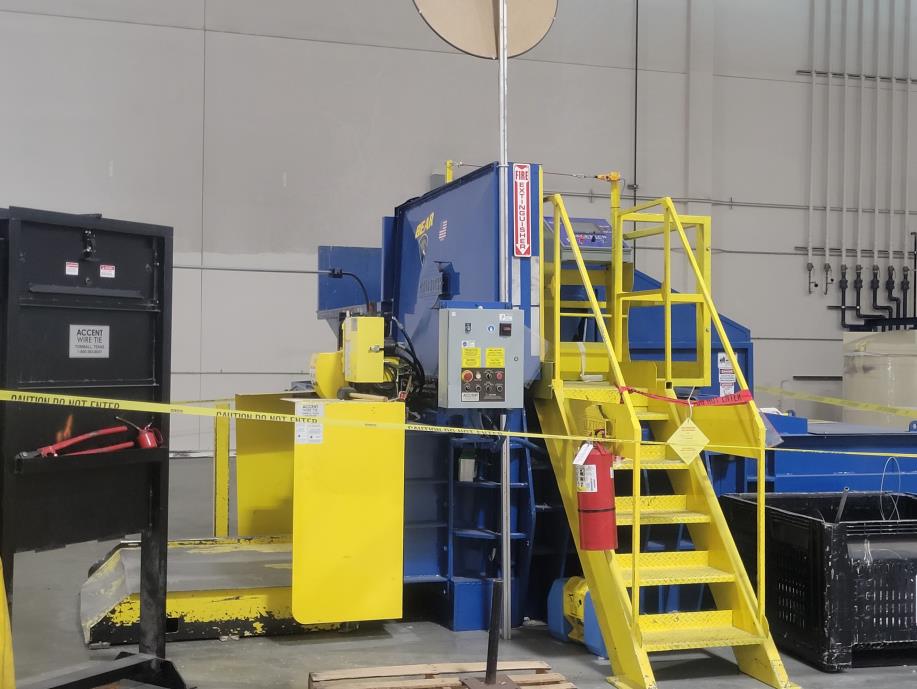
Exhibit 5. The stairs leading to the control panel. Photo by CA/FACE program.
Cause of Death
The county coroner listed the cause of death as multiple blunt force injuries.
Contributing Factors
Occupational injuries and fatalities are often the result of one or more contributing factors or key events in a larger sequence of events that ultimately result in the injury or fatality. CA/FACE investigators identified the following unrecognized hazards as key contributing factors in this incident:
- Inadequate/incomplete training on recycling baler operation
- Inadequate communication between forklift operator and supervisor
Recommendations
Recommendation #1: Ensure that all personnel who operate balers are fully trained and supervised on procedures to remove a jam properly.
Discussion: In the incident, it is not known if the victim slipped from the platform or climbed into the hopper to remove the jam, i.e., attempting to remove material that was jammed inside the baler. The supervisor stated that the machine was running at the time of the incident, suggesting that the victim did not turn the machine off when he was at the control panel. Logout/tagout was not performed.
In this facility, forklift operators were allowed to turn the baler on and off in the event of a machine malfunction. The appropriate procedure was to turn baler off at the control panel and notify a supervisor, who in turn may call maintenance to perform logout/tagout. It is unknown if the victim tried to remove jammed material in the past, or if he was fully familiar with the operation of the baler and safety procedures. It is possible that the victim may not have been aware of the possibility of machine activation by the photo-eye sensor. If the victim had been fully trained on proper procedures, he may not have attempted to correct the machine malfunction himself.
In addition, manufacturers should:
Recommendation #2: Design and install safety features to keep workers away from moving parts.
Discussion: In this incident, the victim was able to gain access to moving parts of the recycling baler while it was in operation. The design of the bale hopper had physical barriers (yellow), but they did not prevent access to moving parts (Exhibit 6). Collaboration between employers and machine manufacturers may result in additional safety devices that could be added to the machine to ensure worker safety when working in close proximity to moving parts.
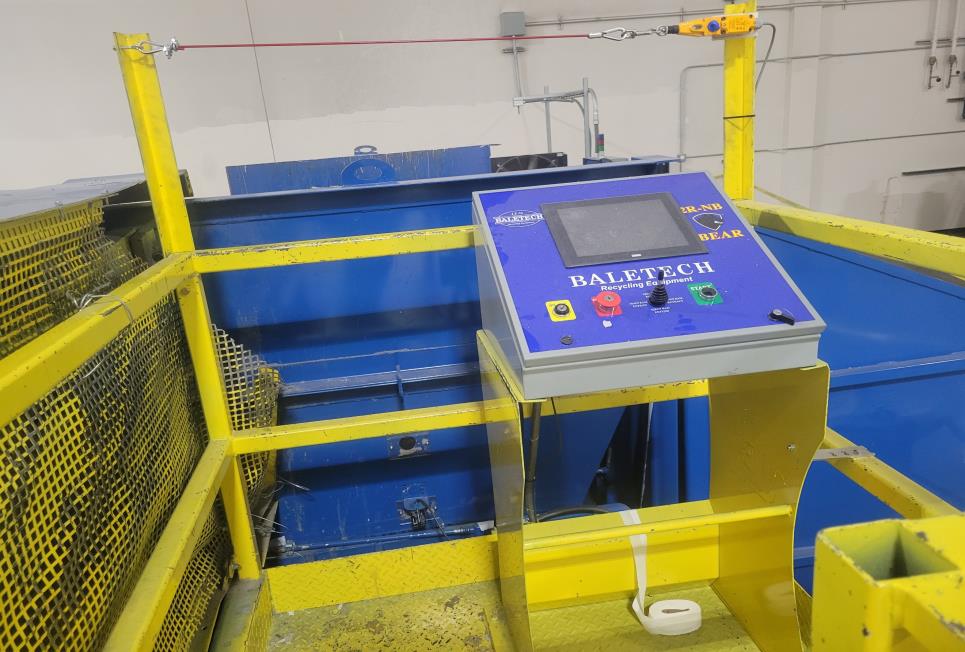
Exhibit 6. The yellow barrier around the control panel to prevent access to the hopper. The red cable was added after the incident occurred. Photo by CA/FACE program.
Disclaimer
Mention of any company or product does not constitute endorsement by CA/FACE and the National Institute for Occupational Safety and Health (NIOSH). In addition, citations to websites external to CA/FACE and NIOSH do not constitute NIOSH endorsement of the sponsoring organizations or their programs or products. Furthermore, CA/FACE and NIOSH are not responsible for the content of these websites. All web addresses referenced in this document were accessible as of the publication date.
References
Division of Occupational Safety and Health - Title 8 regulations - Subchapter 7 - General Industry Safety Orders, Group 8. Points of Operation and Other Hazardous Parts of Machinery - Article 61. Compaction Equipment ◦§4350. Scope.
◦§4351. Definitions.
◦§4353. Stationary Compaction Equipment and Balers.
◦§4355. Operating Rules for Compaction Equipment.
Group 6. Power Transmission Equipment, Prime Movers, Machines and Machine Parts - Article 41. Prime Movers and Machinery ◦§4002. Moving Parts of Machinery or Equipment.
Group 2. Safe Practices and Personal Protection - Article 7. Miscellaneous Safe Practices ◦§3314. The Control of Hazardous Energy for the Cleaning, Repairing, Servicing, Setting-Up, and Adjusting Operations of Prime Movers, Machinery and Equipment, Including Lockout/Tagout.
Cal/OSHA - Title 8 regulations
Chapter 4. Division of Industrial Safety
Subchapter 7. General Industry Safety Orders
Group 1. General Physical Conditions and Structures Orders
§3203. Injury and Illness Prevention Program.
Subchapter 4. Construction Safety Orders
Article 3. General
§1509. Injury and Illness Prevention Program.
California FACE Report #05CA003 (PDF)
California FACE Report #09CA005 (PDF)
California FACE Report #09CA009 (PDF)
NIOSH Publication No. 2003-124: Preventing Deaths and Injuries While Compacting or Baling Refuse Material (PDF)
NIOSH Safety and Health Topic Page on Machine Safety
Investigator Information
This investigation was conducted and authored by Hank Cierpich, Fatality Investigator/Consultant. Additional contributions to the report were provided by Robert Harrison, MD, MPH, CDPH FACE Project Officer; Laura Styles, MPH, FACE Research Scientist; and Glenn Shor, PhD, Cal/OSHA CFOI Program.